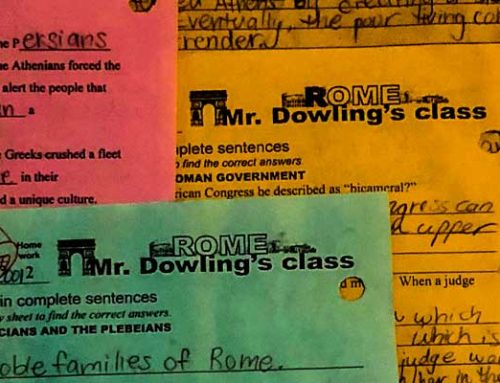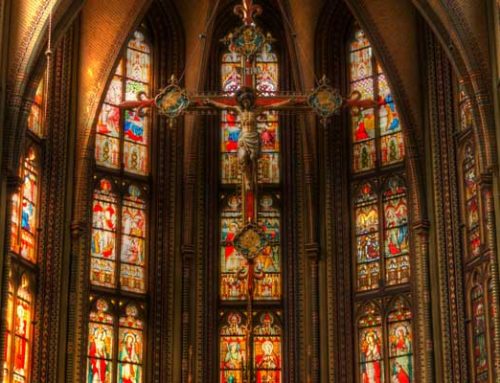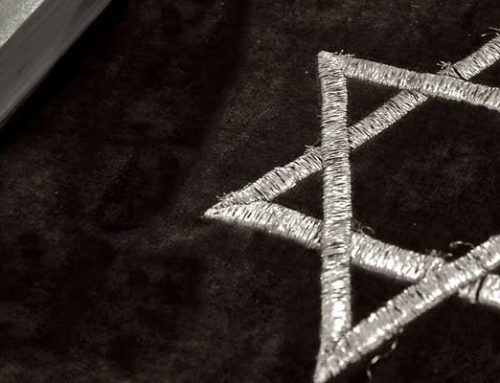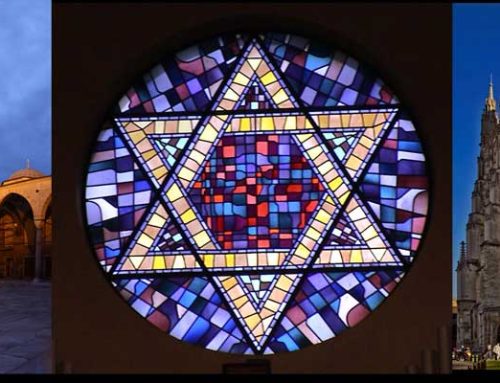Islam is an Arabic word that means “surrender to God.” Believers in Islam are called Muslims, or “those who surrender.” Muslims adhere to the teaching of Mohammad, who Muslims believe was the last of a series of holy prophets that included Abraham, Moses, and Jesus. About 1.8 billion people practice Islam.
Mohammad lived about 600CEin what we now call Saudi Arabia. Mohammad was a merchant by trade, but often he visited a cave to think. According to Islamic tradition, an angel began to appear in the cave. The angel presented Mohammad with a series of messages. When Mohammad told people about the messages, he became well-known in his area. Eventually, Mohammad’s followers collected the messages and gathered them into a book known as the Quran. The Quran is the holy book of Islam. The Quran has been translated into many languages, but many Muslims believe that the only authentic version of the Quran is written in Arabic. The Arabic language spread throughout the Middle East and North Africa as Islam grew beyond the Arabian peninsula. Often non-Arab Muslims will learn Arabic as a second language.
The Islamic house of worship is a mosque. Muslims gather in mosques on Friday afternoons for prayers. An Imam often leads the prayers. An Imam is an Islamic cleric.
The two primary branches of Islam are Sunni and Shia. The branches formed after Mohammad’s death over a disagreement regarding who should become caliph – the leader of the faith. 85% of Muslims belong to the Sunni branch of Islam. The Shia comprise the majority of the population of Iran, southern Iraq, Bahrain, and Azerbaijan and include a substantial minority of the population in several Muslim nations.
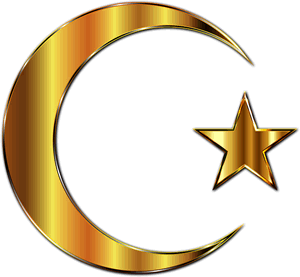
Crescent _star
Icons of Islam
The crescent, star, and the color green are symbols often associated with Islam. The star represents knowledge and light, and the crescent represents progress. You will find these symbols on the flags of many Muslim nations.
Islamic art includes calligraphy — decorative penmanship — but no images of people. The Quran forbids recreating any living thing because no one should copy what Allah has made. This is why you will not find a picture of Mohammad in Islamic literature.
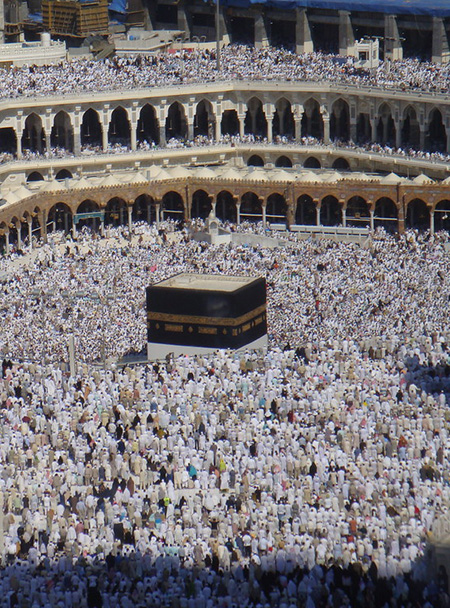
More than one million Muslim travel to Mecca, Saudi Arabia to perform the Hajj (pilgrimage) to the Kaaba. The kaaba is the most sacred site of Islam.
Mecca is a holy city to Muslims because it is the site of the Kaaba, a small shrine that Muslims believe to be the most sacred spot on earth. Muslims orient themselves toward the Kaaba during their daily prayers. Faithful Muslims are expected to make the hajj – a sacred journey – to visit the Kaaba once in their lifetime—Muslims who make the hajj walk around the Kaaba seven times. Islamic tradition states that part of the Kaaba was originally white but turned black by absorbing the sins of the millions of pilgrims who have made the hajj.
Sharia is an Arabic term that means path. It is the path that faithful Muslims believe they must follow. The Sharia is based on the Quran’s teaching and Mohammad’s collected sayings. In addition to religious practice, Sharia law advises Muslims on morality, economics, hygiene, and diet. There has been a movement in many Muslim nations to replace civil laws with Sharia, but Saudi Arabia and Iran are the only nations that closely adhere to Sharia law.
Resources
Download this lesson as Microsoft Word file or as an Adobe Acrobat file
Listen to Mr. Dowling read this lesson. (mp3)
Mr. Donn has an excellent website that includes a section on World Religions
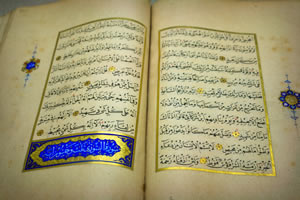
Quran
The Quran is the Holy Book of Islam. Muslims believe Muslims believe the the angel Gabriel revealed the word of Allah (God in Arabic) to the prophet Mohammad.
The Five Pillars of Islam
The Five Pillars of Islam are the duties faithful Muslims must practice. They are the statement of faith (shahada), daily prayers (salat), fasting (sawm), charity (zakat), and pilgrimage (hajj).
- Shahada is the statement of faith. It states that “there is no God but Allah and Mohammad is his messenger. Allah is the Arabic word for God.
- Salat are daily prayers. Every day is holy to Muslims. Faithful Muslims will stop whatever they are doing and bow down to pray five times every day.
- Sawm decrees that faithful Muslims fast between dawn and dusk during the holy month of Ramadan. To fast means to abstain from eating. Ramadan is sacred because it is the month the Quran was revealed to Mohammad. Muslims use a lunar calendar, so Ramadan falls at different times each year.
- Zakat requires Muslims to share a portion of their wealth with others.
- Hajj is the requirement that faithful Muslims with the financial means should visit Mecca sometime during their life.

